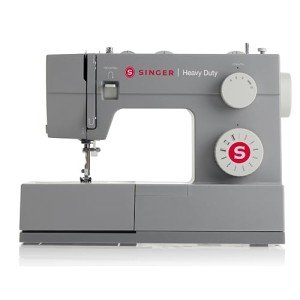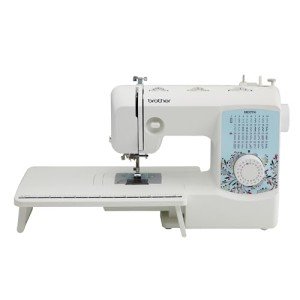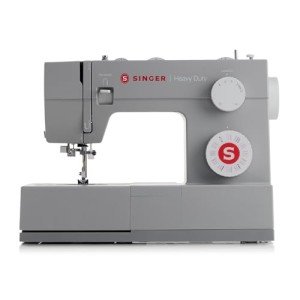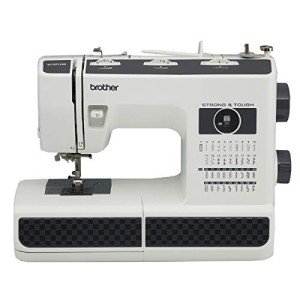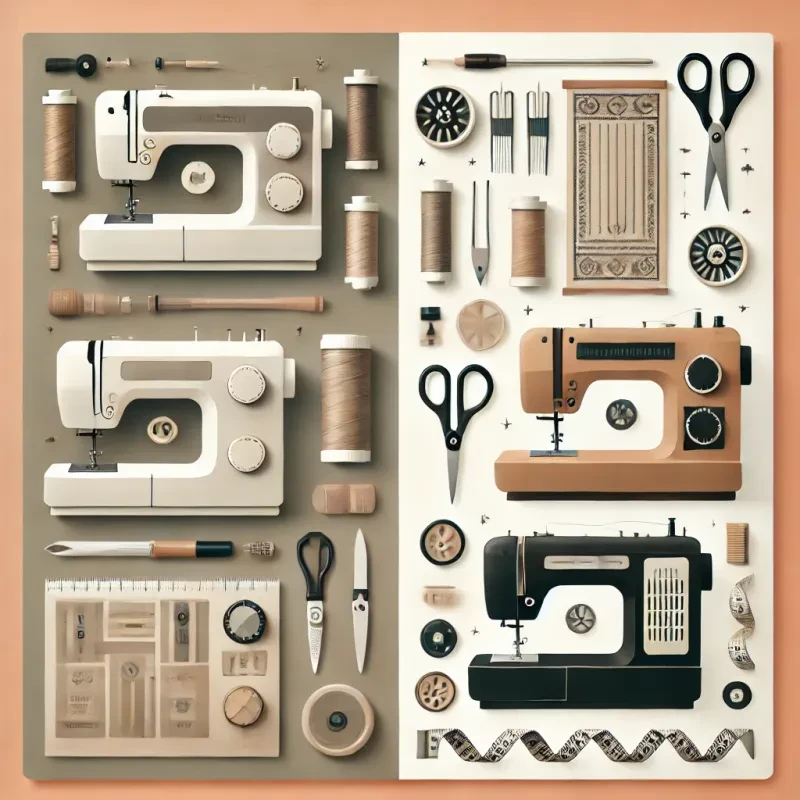Quilting is a beautiful and rewarding craft that allows you to express your creativity while making functional and decorative pieces. Whether you're a beginner or an experienced quilter, finding new and exciting quilt patterns can help you challenge your skills and keep your projects fresh. In this guide, we’ll explore unique quilt patterns for every skill level, from simple patchwork quilts to more intricate designs that will inspire you to get stitching.
Beginner Quilt Patterns
If you're new to quilting, it’s important to start with simple patterns that help you learn the basics of cutting, piecing, and quilting without overwhelming you. These beginner-friendly quilt patterns are perfect for building your skills while creating something beautiful.
1. Patchwork Quilt
The patchwork quilt is the classic beginner quilt pattern. It involves sewing together squares of fabric in a grid pattern, making it an easy and forgiving project. You can play with color and fabric patterns to create a quilt that’s unique to you.
How to Sew a Patchwork Quilt:
- Materials Needed: Cotton fabric squares (pre-cut or cut by hand), batting, backing fabric, and thread.
- Steps: Arrange your fabric squares in a pattern you like, sew them together in rows, and then join the rows to complete the quilt top. Add batting and backing, then quilt and bind the edges to finish.
Project Tips:
- Use pre-cut fabric squares (also known as charm packs) to save time on cutting and focus on piecing your quilt.
- Try alternating solid colors with patterned fabric for an eye-catching design.
2. Rail Fence Quilt
The rail fence quilt is another simple pattern that’s great for beginners. It uses strips of fabric sewn together in blocks, which are then arranged in a zigzag or diagonal pattern. This design looks complex but is surprisingly easy to create.
How to Sew a Rail Fence Quilt:
- Materials Needed: Fabric strips (cut from cotton fabric), batting, backing fabric, and thread.
- Steps: Sew three or four fabric strips together to form a block. Make several blocks, then rotate and arrange them in a zigzag or diagonal pattern. Sew the blocks together, quilt, and bind.
Project Tips:
- Choose contrasting colors for the fabric strips to highlight the zigzag pattern.
- Experiment with strip widths for a more modern, geometric look.
3. Disappearing Nine-Patch Quilt
The disappearing nine-patch quilt is an easy pattern that looks much more complicated than it is. It involves sewing nine fabric squares into a block, cutting the block into quarters, and then rearranging the pieces to create a new design.
How to Sew a Disappearing Nine-Patch Quilt:
- Materials Needed: Cotton fabric squares, batting, backing fabric, and thread.
- Steps: Sew nine squares into a 3x3 block. Cut the block vertically and horizontally into four smaller blocks. Rearrange the blocks and sew them back together to create a new pattern.
Project Tips:
- Use different shades of the same color for a cohesive look.
- The more fabric squares you use, the more variation and interest you’ll add to the design.
Intermediate Quilt Patterns
Once you’ve mastered the basics, you can move on to intermediate quilt patterns that introduce more complex shapes and piecing techniques. These patterns will challenge your skills while allowing you to create stunning quilts.
4. Half-Square Triangle Quilt
The half-square triangle quilt is a versatile pattern that uses triangles instead of squares to create dynamic designs. By arranging the triangles in different ways, you can achieve a variety of patterns, from chevrons to pinwheels.
How to Sew a Half-Square Triangle Quilt:
- Materials Needed: Cotton fabric squares (cut into triangles), batting, backing fabric, and thread.
- Steps: Cut fabric squares in half diagonally to create triangles. Sew two triangles together to form a square, then arrange the squares in a pattern you like (chevrons, diamonds, or pinwheels). Sew the squares together, quilt, and bind.
Project Tips:
- Use contrasting colors for the triangles to make the pattern stand out.
- Try mixing solid colors with patterned fabrics for extra visual interest.
5. Flying Geese Quilt
The flying geese quilt features a triangular shape that looks like a flock of geese flying in formation. This pattern is a bit more complex but still manageable for quilters with some experience.
How to Sew a Flying Geese Quilt:
- Materials Needed: Fabric rectangles and triangles, batting, backing fabric, and thread.
- Steps: Sew two small triangles onto opposite corners of a rectangle to form a flying geese unit. Arrange the units in rows, sew the rows together, and quilt and bind to finish.
Project Tips:
- Use a light fabric for the background and bold colors for the “geese” to create a striking contrast.
- Vary the size of the flying geese units for a modern, asymmetrical design.
6. Log Cabin Quilt
The log cabin quilt is an intermediate-level pattern that involves sewing strips of fabric around a central square to create a spiral or concentric pattern. The result is a beautiful, intricate quilt that can be arranged in several different ways.
How to Sew a Log Cabin Quilt:
- Materials Needed: Fabric strips, batting, backing fabric, and thread.
- Steps: Start with a small fabric square in the center. Sew fabric strips around the square in a spiral or concentric pattern, alternating light and dark fabrics. Continue adding strips until the block reaches the desired size. Sew the blocks together, quilt, and bind.
Project Tips:
- Alternate light and dark fabrics for a striking contrast in the log cabin blocks.
- Experiment with different layouts, such as barn raising, diagonal lines, or pinwheels.
Advanced Quilt Patterns
For experienced quilters looking for a challenge, these advanced quilt patterns offer intricate designs and techniques that require precision and patience. The results are show-stopping quilts that are sure to impress.
7. Cathedral Window Quilt
The cathedral window quilt is a stunning pattern that creates a 3D effect resembling stained glass windows. It’s a challenging pattern that involves folding and sewing fabric layers to form “windows.”
How to Sew a Cathedral Window Quilt:
- Materials Needed: Fabric squares (for windows and background), batting (optional), and thread.
- Steps: Fold and press fabric squares to create the “window frames,” then sew the frames together. Insert contrasting fabric into the window openings and stitch them in place.
Project Tips:
- Use bright, contrasting fabrics for the windows to create a stained glass effect.
- This quilt doesn’t require batting, making it lighter and more decorative.
8. Mariner’s Compass Quilt
The mariner’s compass quilt is a striking, intricate pattern featuring a starburst or compass design. It’s one of the most challenging quilt patterns, requiring precise piecing and curved seams.
How to Sew a Mariner’s Compass Quilt:
- Materials Needed: Fabric pieces for the compass points and background, batting, backing fabric, and thread.
- Steps: Sew together the compass points with curved seams, then attach them to a circular background. Repeat this process to create multiple compass blocks, then sew them together.
Project Tips:
- Precision is key in this pattern, so take your time and use templates for accuracy.
- Choose a range of colors for the compass points to highlight the starburst design.
9. Bargello Quilt
The bargello quilt creates a mesmerizing wave-like effect using fabric strips of varying widths. This advanced pattern involves careful planning and piecing to achieve the intricate design.
How to Sew a Bargello Quilt:
- Materials Needed: Fabric strips in various widths, batting, backing fabric, and thread.
- Steps: Sew fabric strips together in a gradient or color pattern. Cut the sewn strips into different widths and arrange them in a wave-like pattern. Sew the strips back together, quilt, and bind.
Project Tips:
- Use fabrics in gradient shades to create a smooth, flowing design.
- For an added challenge, try incorporating curves into your bargello pattern.
Conclusion
Whether you're a beginner, intermediate, or advanced quilter, these unique quilt patterns offer something for every skill level. From simple patchwork designs to intricate mariner’s compass and cathedral window quilts, each project will help you grow your skills and creativity. Quilting is a rewarding craft that allows you to create functional and beautiful works of art, so choose a pattern that excites you and get started on your next masterpiece!
